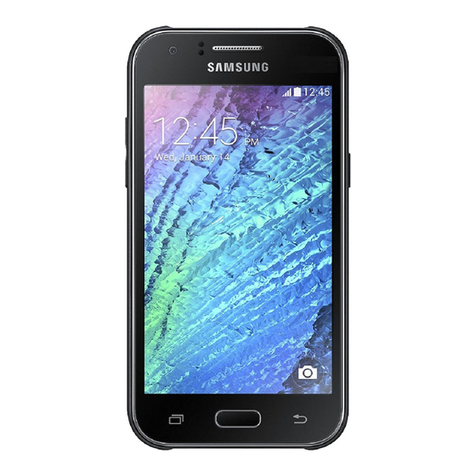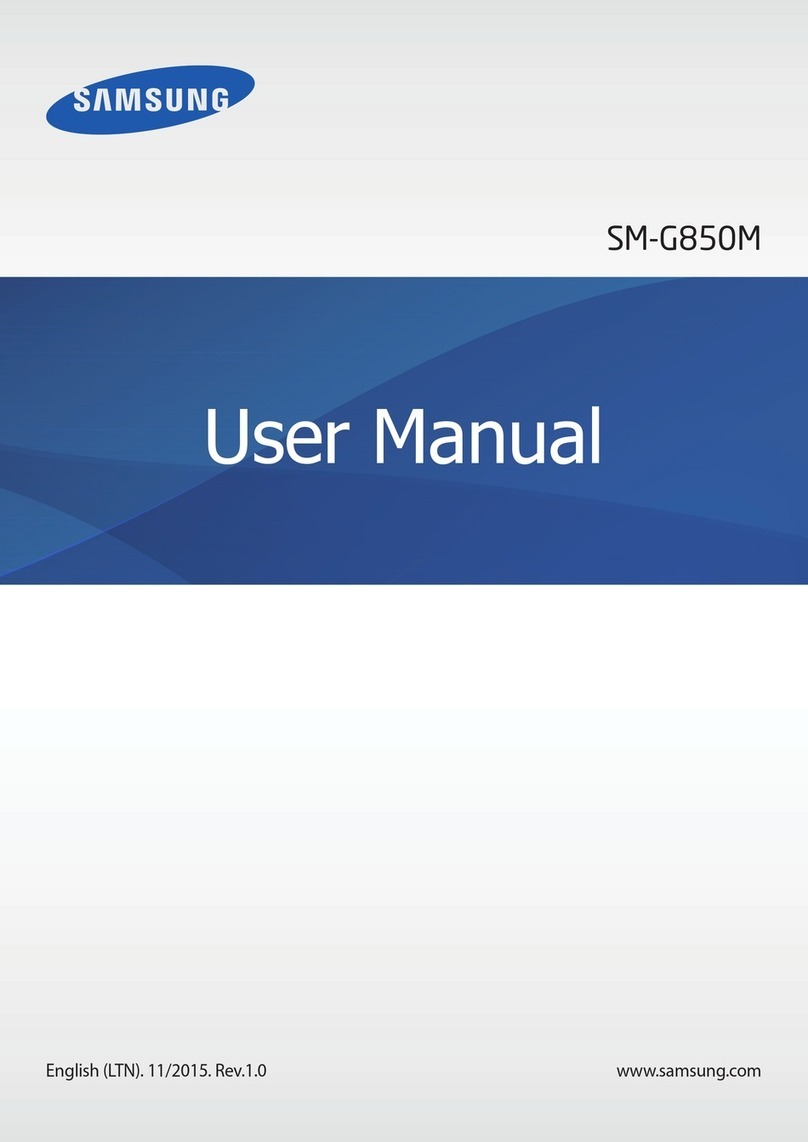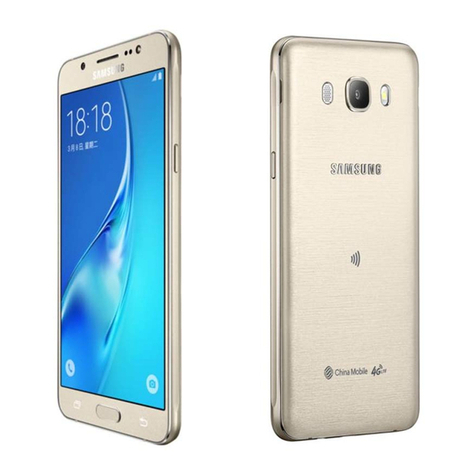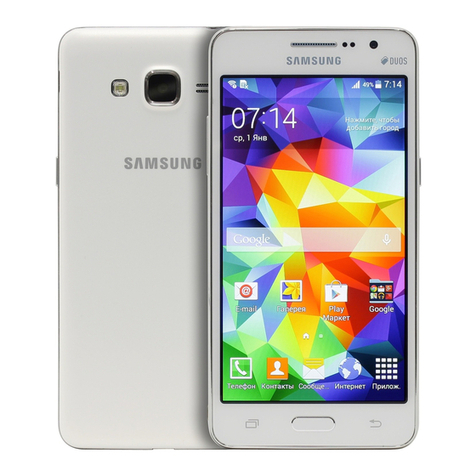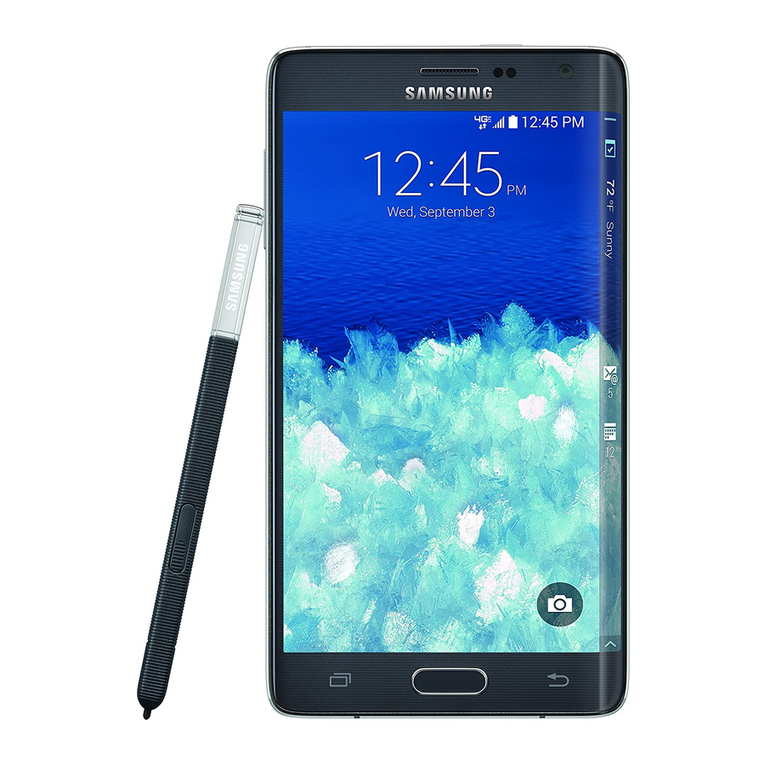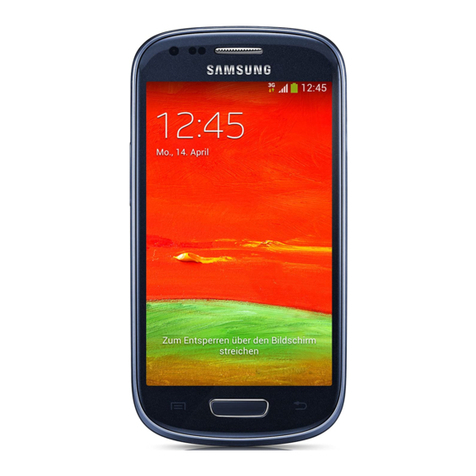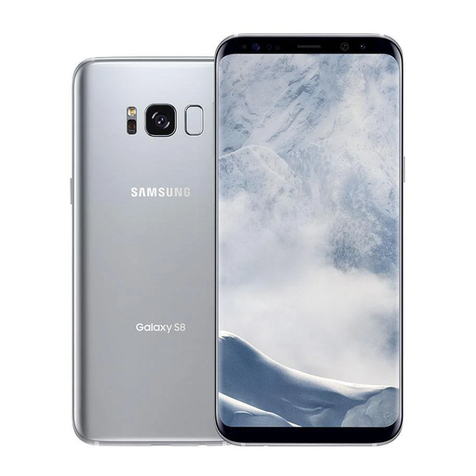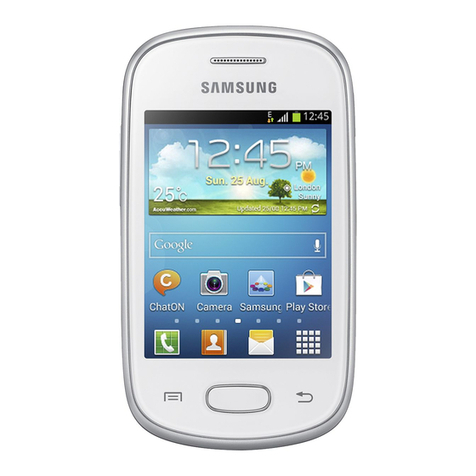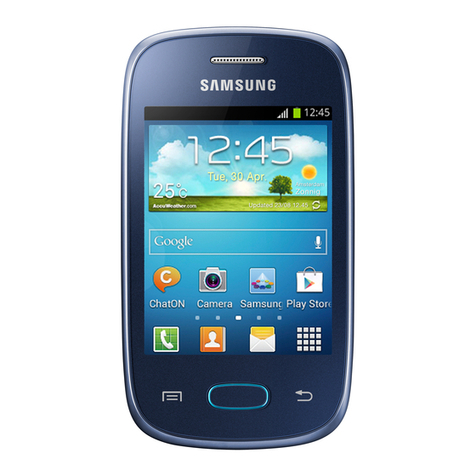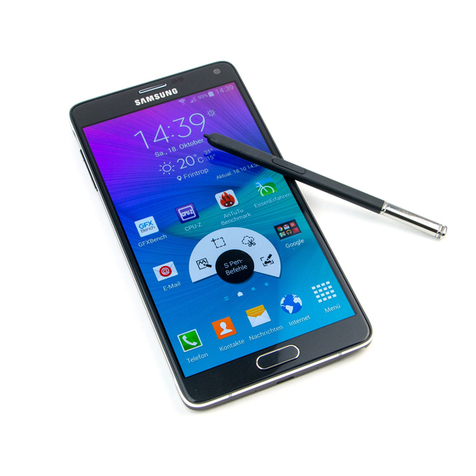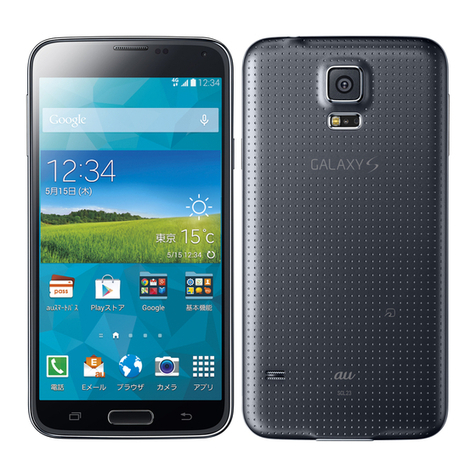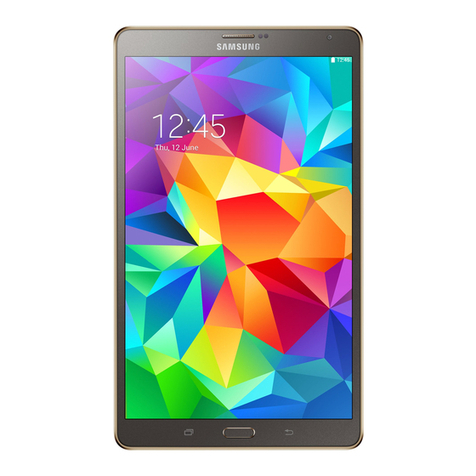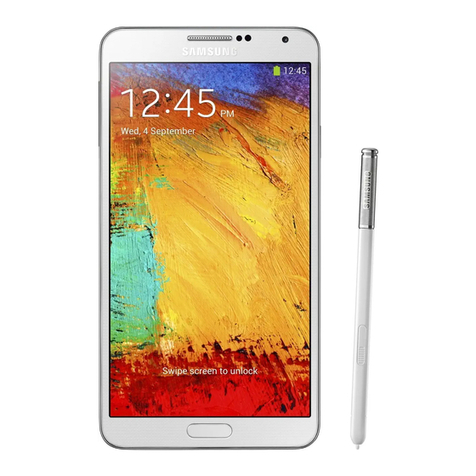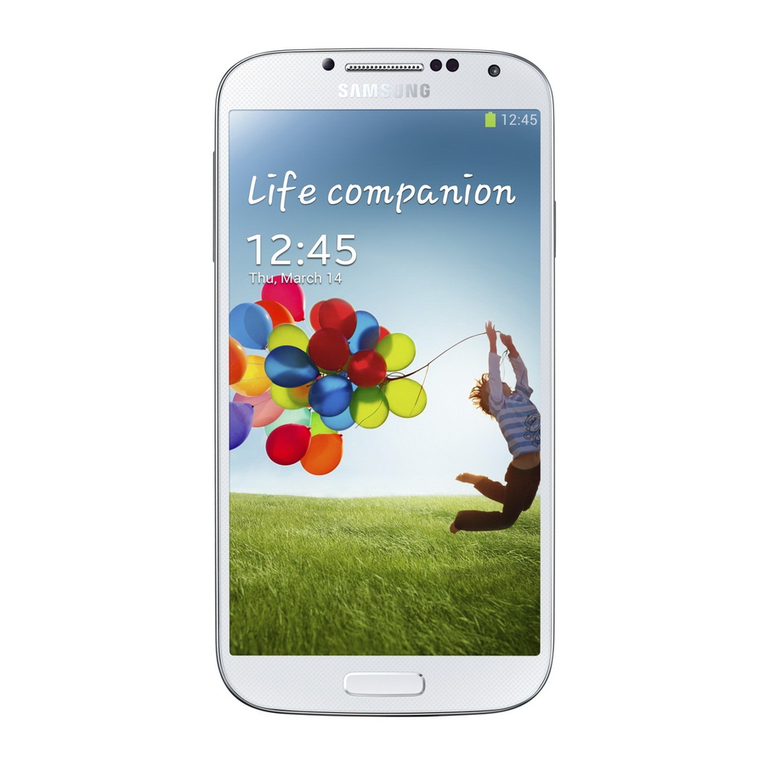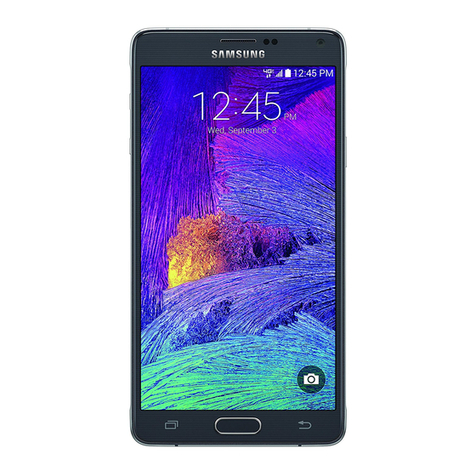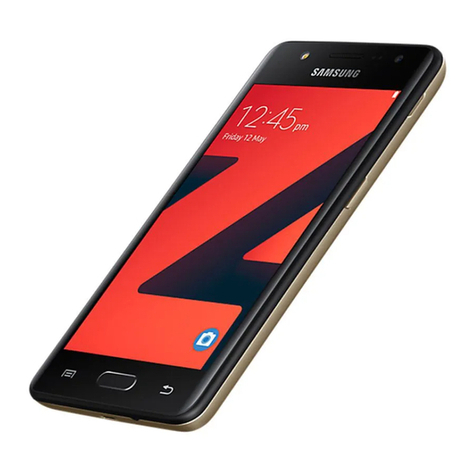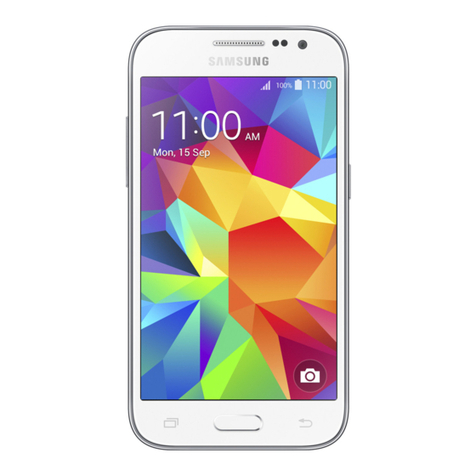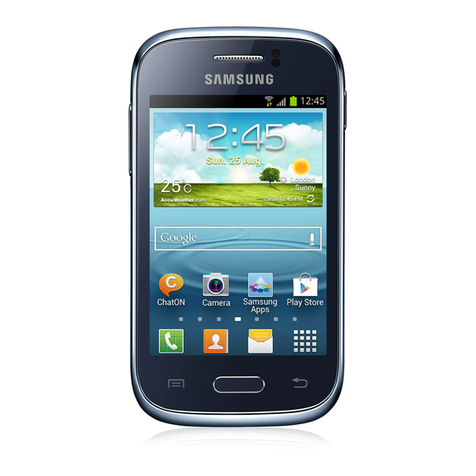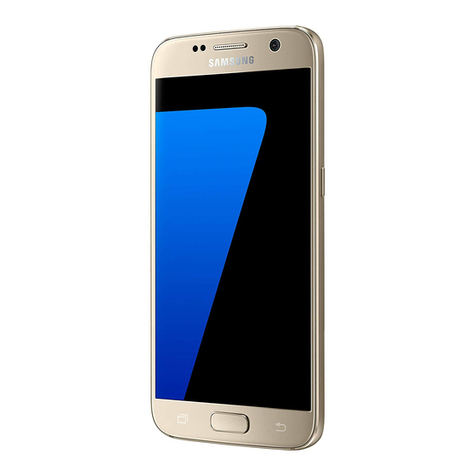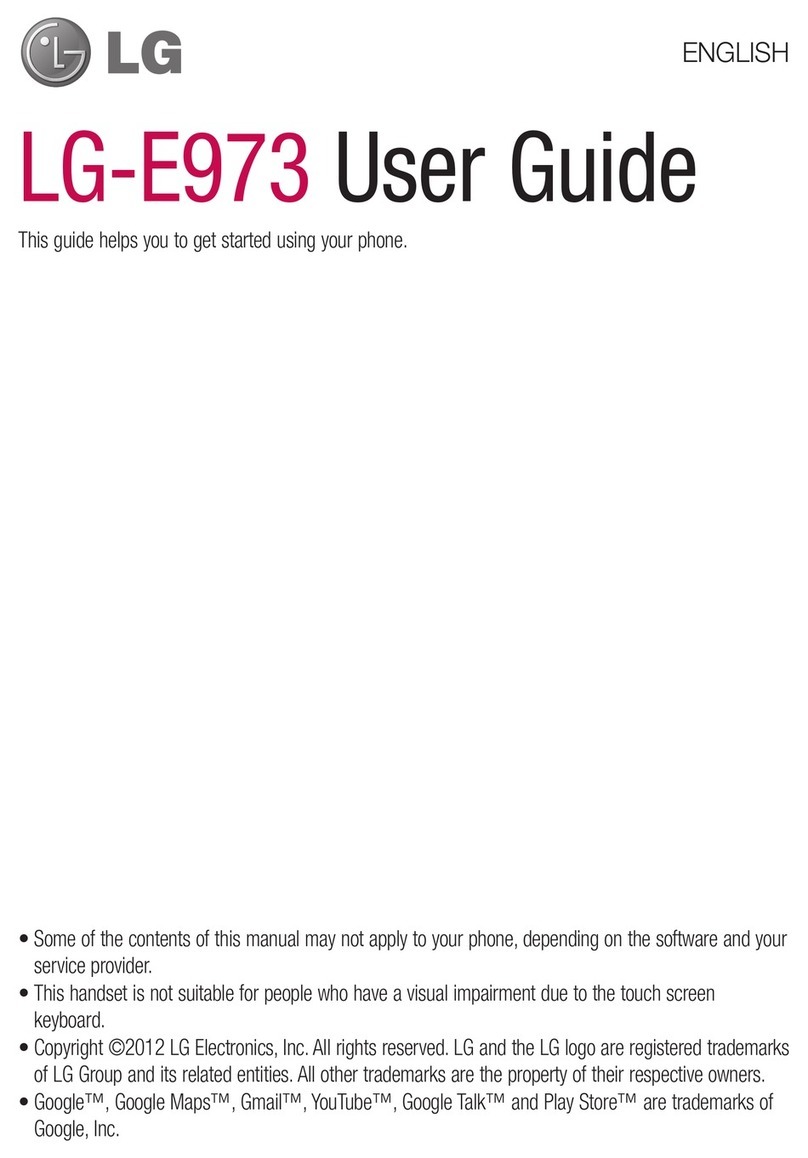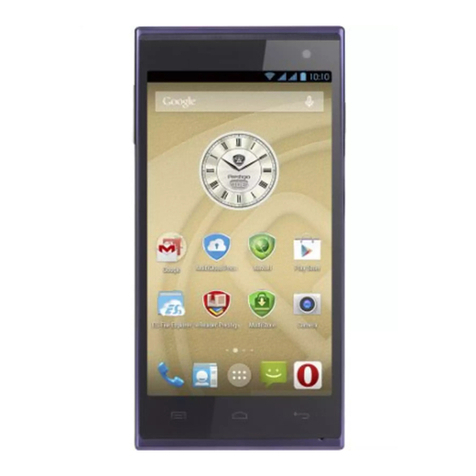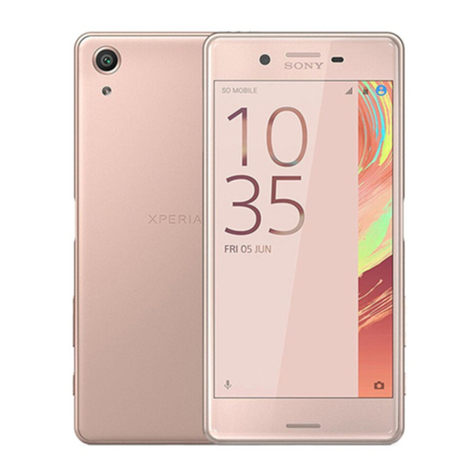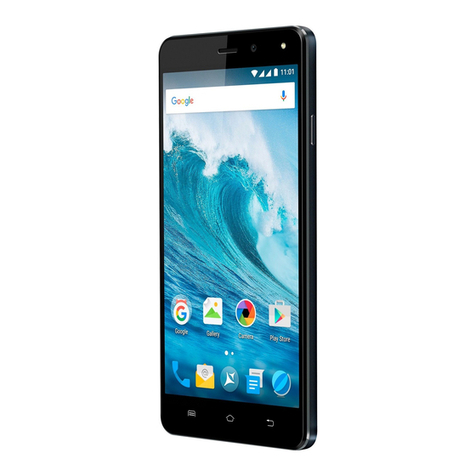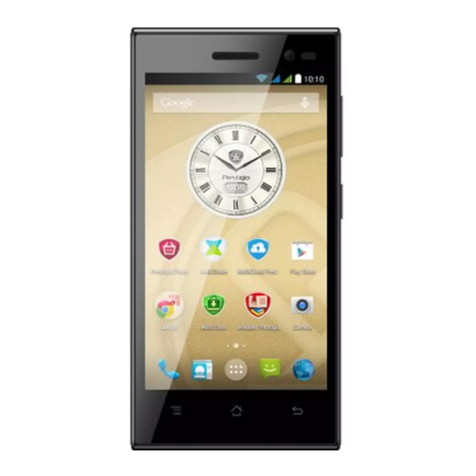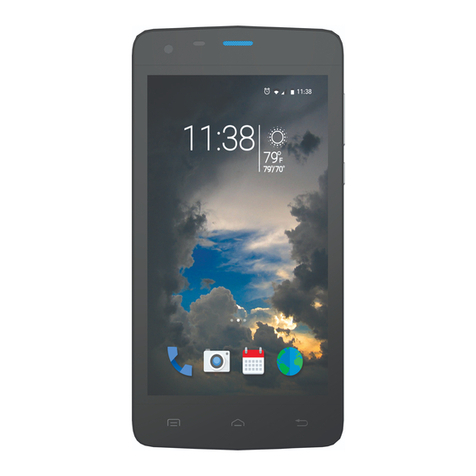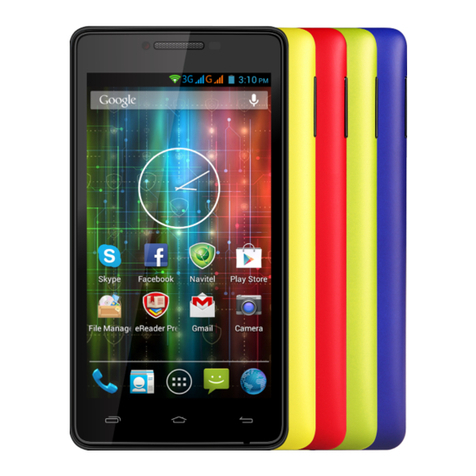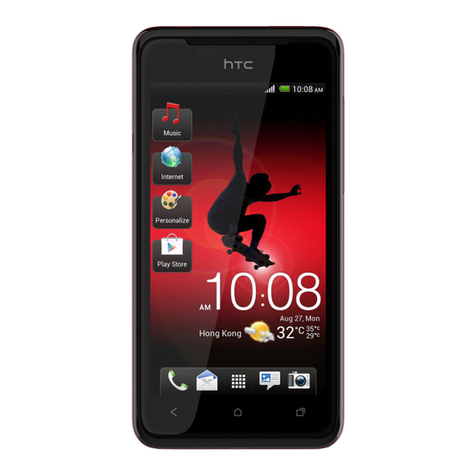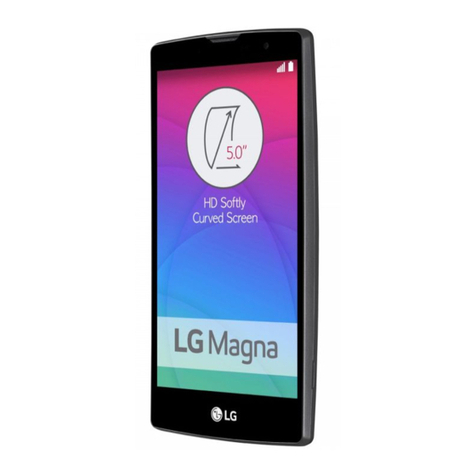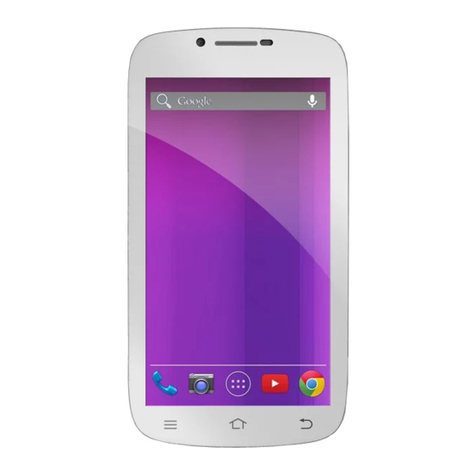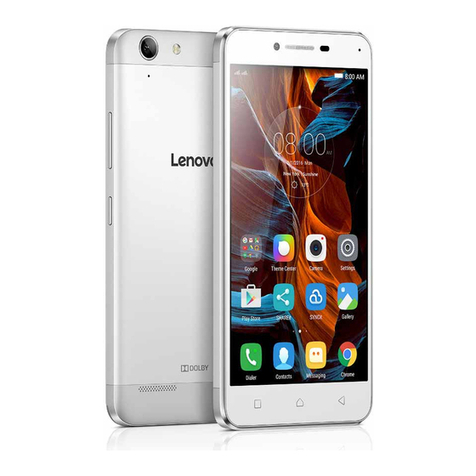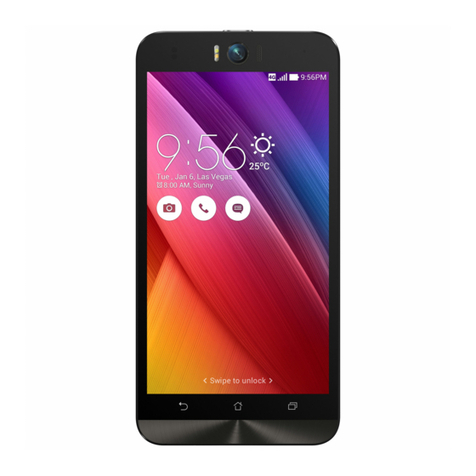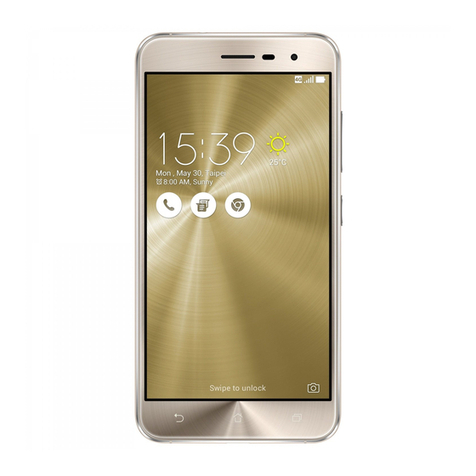
Note: This product contains chemicals
known to the State of California to
cause cancer and reproductive
toxicity.
Intellectual Property
All Intellectual Property, as deined below,
owned by or which is otherwise the
property of Samsung or its respective
suppliers relating to the SAMSUNG Phone,
including but not limited to, accessories,
parts, or software relating there to (the
“Phone System”), is proprietary to Samsung
and protected under federal laws, state
laws, and international treaty provisions.
Intellectual Property includes, but is
not limited to, inventions (patentable or
unpatentable), patents, trade secrets,
copyrights, software, computer programs,
and related documentation and other
works of authorship. You may not infringe
or otherwise violate the rights secured by
the Intellectual Property. Moreover, you
agree that you will not (and will not attempt
to) modify, prepare derivative works of,
reverse engineer, decompile, disassemble,
or otherwise attempt to create source code
from the software. No title to or ownership
in the Intellectual Property is transferred to
you. All applicable rights of the Intellectual
Property shall remain with SAMSUNG and
its suppliers.
Open Source Software
Some software components of this product
incorporate source code covered under
GNU General Public License (GPL), GNU
Lesser General Public License (LGPL),
OpenSSL License, BSD License and other
open source licenses. To obtain the source
code covered under the open source
licenses, please visit:
http://opensource.samsung.com.
Disclaimer of Warranties;
Exclusion of Liability
EXCEPT AS SET FORTH IN THE EXPRESS
WARRANTY CONTAINED ON THE
WARRANTY PAGE ENCLOSED WITH THE
PRODUCT, THE PURCHASER TAKES THE
PRODUCT “AS IS”, AND SAMSUNG MAKES
NO EXPRESS OR IMPLIED WARRANTY OF
ANY KIND WHATSOEVER WITH RESPECT
TO THE PRODUCT, INCLUDING BUT NOT
LIMITED TO THE MERCHANTABILITY OF
THE PRODUCT OR ITS FITNESS FOR ANY
PARTICULAR PURPOSE OR USE; THE
DESIGN, CONDITION OR QUALITY OF
THE PRODUCT; THE PERFORMANCE OF
THE PRODUCT; THE WORKMANSHIP OF
THE PRODUCT OR THE COMPONENTS
CONTAINED THEREIN; OR COMPLIANCE OF
THE PRODUCT WITH THE REQUIREMENTS
OF ANY LAW, RULE, SPECIFICATION
OR CONTRACT PERTAINING THERETO.
NOTHING CONTAINED IN THE INSTRUCTION
MANUAL SHALL BE CONSTRUED TO CREATE
AN EXPRESS OR IMPLIED WARRANTY OF
ANY KIND WHATSOEVER WITH RESPECT
TO THE PRODUCT. IN ADDITION, SAMSUNG
SHALL NOT BE LIABLE FOR ANY DAMAGES
OF ANY KIND RESULTING FROM THE
PURCHASE OR USE OF THE PRODUCT
OR ARISING FROM THE BREACH OF
THE EXPRESS WARRANTY, INCLUDING
INCIDENTAL, SPECIAL OR CONSEQUENTIAL
DAMAGES, OR LOSS OF ANTICIPATED
PROFITS OR BENEFITS.
Modiication of Software
SAMSUNG IS NOT LIABLE FOR
PERFORMANCE ISSUES OR
INCOMPATIBILITIES CAUSED BY YOUR
EDITING OF REGISTRY SETTINGS, OR YOUR
MODIFICATION OF OPERATING SYSTEM
SOFTWARE.
2 3
SPT L710TriBand IIB_.indd 2-3 5/16/2014 12:12:53 PM

